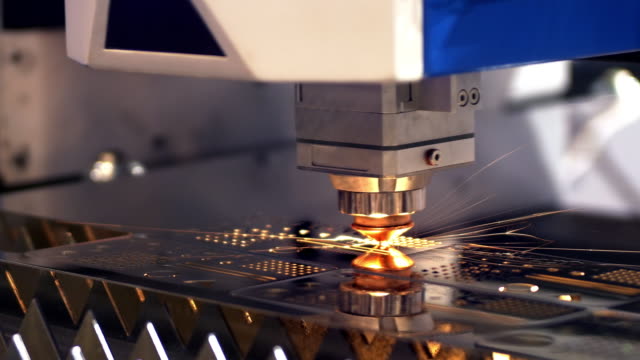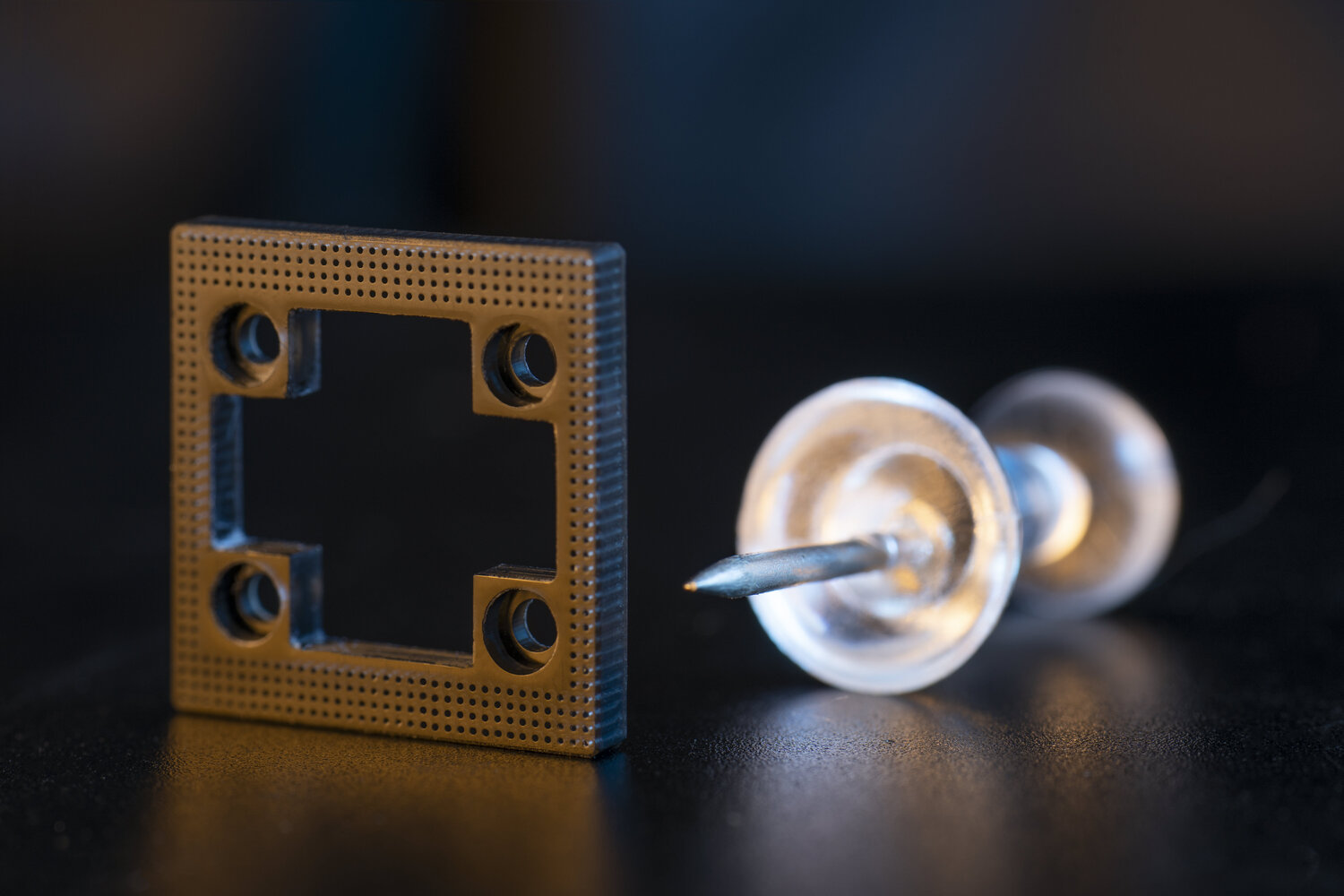In every design project, there are main goals guiding 3D project teamwork and decisions. There are also specific goals that help to understand, outlining and defining the daily tasks and activities needed to accomplish the main ones. In order to measure the task of a 3D project teamwork and its progress, team leaders rely on different project management tools such as Gantt Charts. These tools can be created by the team, or be included in focus-apps for organizational purposes such as Trello. For a more detailed understanding of the progress of any project, it is necessary to clear out group and individual performance of the team. Team leaders have the responsibility to address these measures, in order to improve the efficiency of the team.

What do you want to measure?
Understanding project global and specific goals is the first step towards the development of indicators to measure your team performance. Ask yourself what the relevant aspects of the projects are and need to be addressed. Amongst every task needed in the design process, there are specific ones that can be repetitive, but not less important. Identifying repetitive tasks that are important to the project, will help you to improve how to manage them. An example of this type of task is the idea generation process. The idea generation might be a long and tedious process if not well handle. Being that important is a team leader’s responsibility to constantly find ways to address it.
How to measure and improve the process?

Let’s keep with the idea generation process. Although there is not possible to control the brain to create specific ideas, certain methodologies can be implemented to improve its generation. One methodology to perform can be the following
- · Initial Literature Review
- · Brainstorming Version 01
- · Drawings Version 01
- · Brainstorming Version 02
- · Drawings Version 02
- · List of Proposal Version 01.
The first look of the proposed methodology throws the first challenge: How much time should I invest in each stage of the proposed methodology? After you conduct a quick online research, you find that a brainstorming session is recommended to last 30 minutes. After you research each stage recommendation, you have defined that the complete process should last 5 hours. This means, whenever you face a challenge, you will need 5 hours to generate an idea to solve the problem *Sighs… If only*
How do you measure the outcome of a process?
Once you defined that one round of the idea generation process last 5 hours. You decide to do three rounds to guarantee a more developed idea. Knowing this, you now estimate that your team needs 15 hours to face every major challenge and come with a great idea. Now you have the first measure for reference to work with.
With the first reference now known, you decide to do some testing and proceed to reduce the number of rounds from three to two. To measure the outcome of this decision, you develop a second measure, let’s say the quality of the solution generated. The second measure, you choose to scale it from 1 to 5, being 1 the worst quality and 5 the best quality. After you do the test, proceed to evaluate your solution, and now you have the first set of data to evaluate your team’s performance.
Measure your team members.

Now that you have a methodology to evaluate your team’s idea generation process performance, is time to use it. The process of measuring your team is an ongoing never-ending process. This is because, in order to improve the quality of the results of your team, you have to improve the quality of the process and methodologies used to obtain these results. This last statement is the truth for any manufacturing process as well for mental processes and human performance.
Measuring yourself is well an art as a science. It is impossible to measure all performance human-related variables at once, so a human understanding is needed to perform these metrics with the best possible approach. By example, implementing changes in the team dynamics too fast and too continuously, can lead to overwhelmed people messing with the performance of the team. So understanding human aspects is important as well, and team leaders have the responsibility to do it in order to perform at its best. Advising yourself with more experimented people will help in this process.
Measure your 3D modeling skills.
As you have decided to constantly train yourself on 3D modeling skills, you have to measure your progress in the best possible way. After choosing the best learning tools, you have to design your own progress metrics basing on the relevant aspects. Developing methodologies and strategies to accomplish one goal in your 3D modeling skills, as with the idea generation process, is the first step. Using the same example of the idea generation process, you can measure your skills in 3D modeling with time and quality, asking your colleagues and team member to rate the quality of the final piece. Once you have done this, you can arm yourself with tested strategies and work methodologies inside your Solidface 3D modeling skills in order to be the best version of yourself.
Final thoughts
The process of measuring yourself and the team’s performance can be a hard challenge to face, but not doing it, could be harder to afford. This will improve the decision-making process since you will now know what your limits are as a team and will help you develop strategies to overcome them. Use the metrics you developed in a constructive form, to help your teammates do not use it to attack them. Improving yourself and your team is an ongoing process that needs balance, from a human and data perspective, helping to generate the best possible outcome without compromising the health of your team and your project. Use this approach in every skill that is humanly and mentally possible, including your 3D modeling skills. In that way, you’ll be able to guarantee the best version of yourself and your team, personally and professionally.






